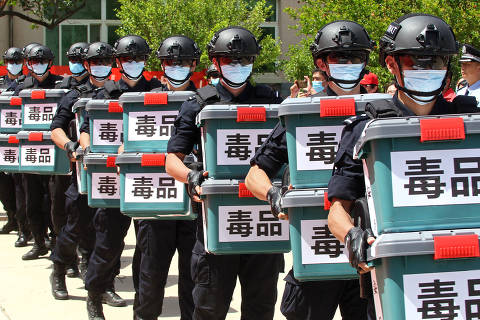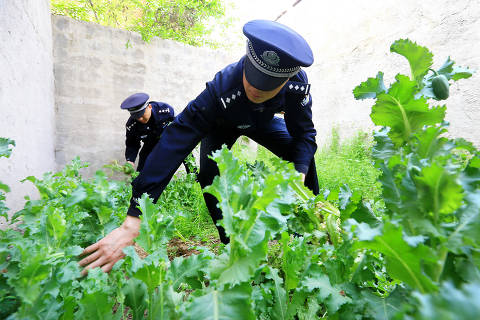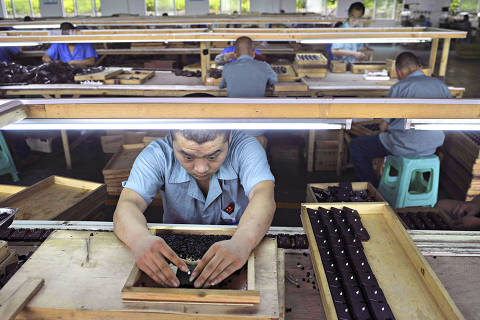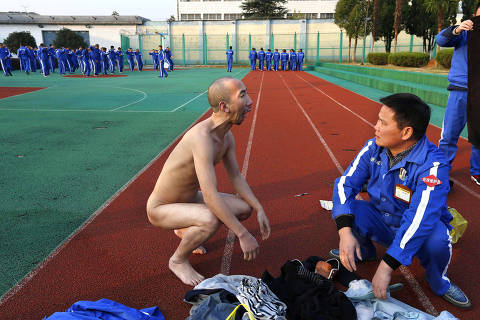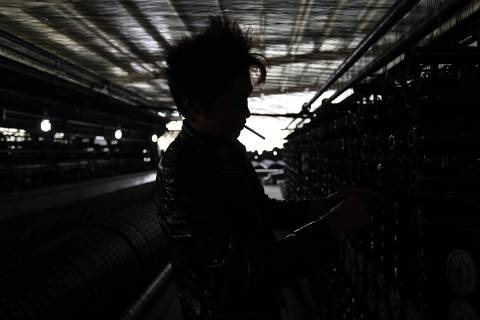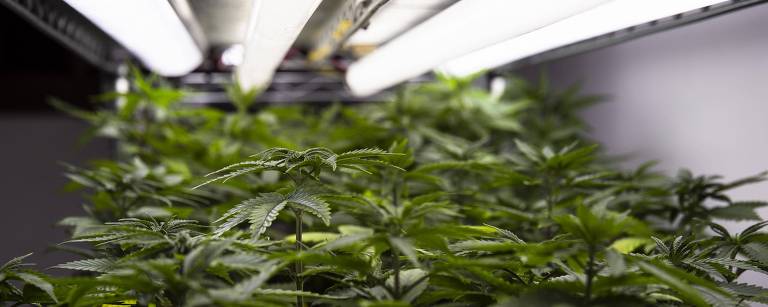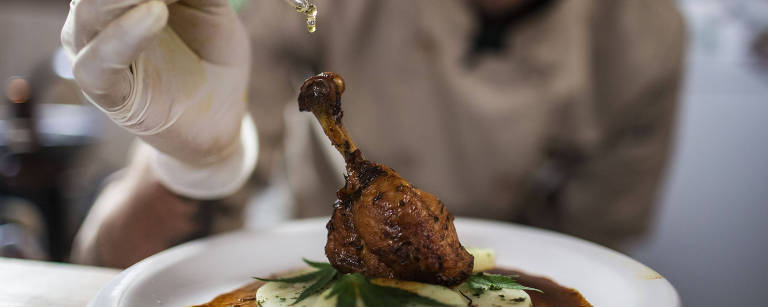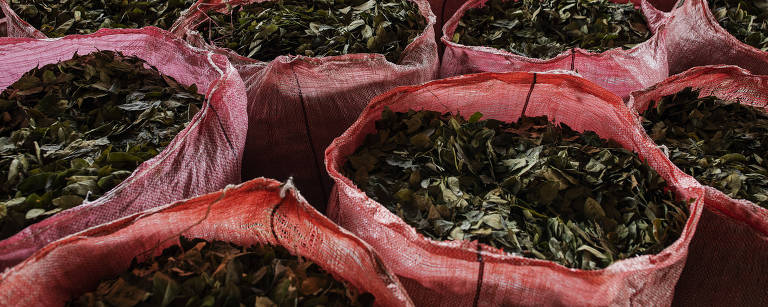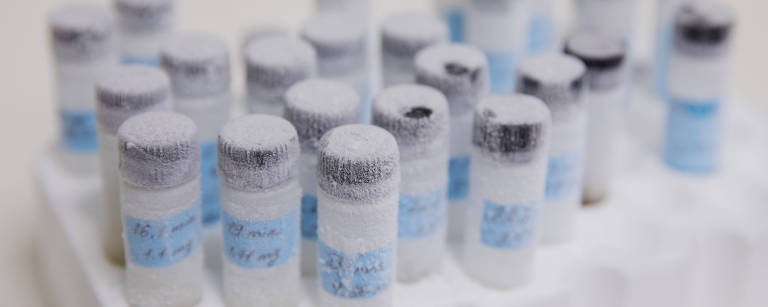
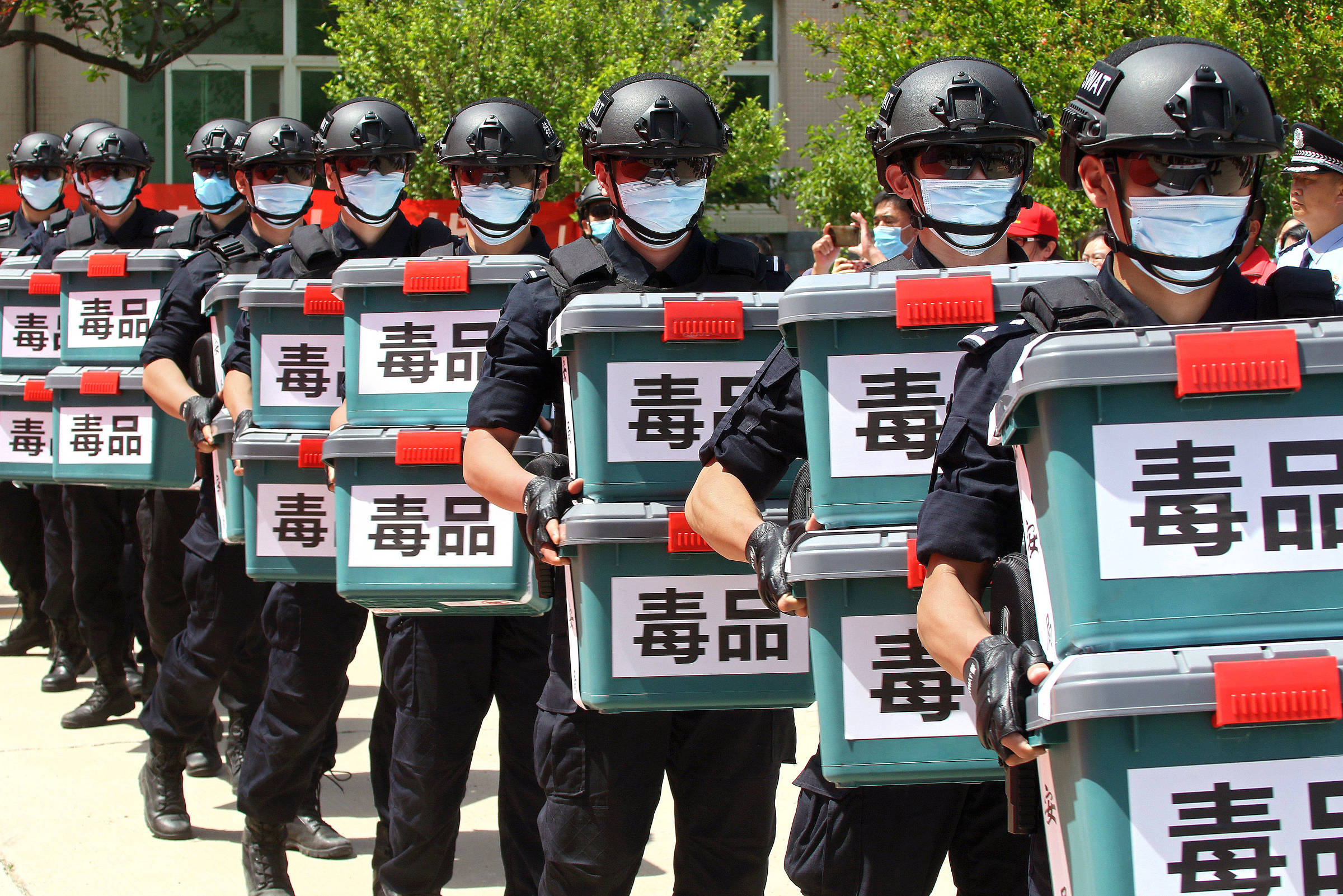
Police officers take seized drugs to be destroyed in Yantai, Shandong province - Jun.3.20/Feature China/Barcroft Media/Getty Images
“Drug users violate the law, but they are victims too. Join in our efforts to enlighten their hearts and minds with the sun’s warm glow to encourage them to get back to their lives and return to the path of joy.” With the typical flowery language of Chinese state propaganda, this message was posted in January 2013 on a social network by Wang Xiaodong, the Communist Party’s anti-drug political commissioner in Guizhou province. However, the words’ meaning went beyond a simple motivational speech, and the reference to “sunshine” was not accidental.
With a population of 34 million, modest by Chinese standards, and an economy based on the exploitation of commodities, the Chinese government chose the province in the southwest of the country to host the Sunshine Project, which symbolized a change in the Communist Party’s strategy to deal with drugs.
For the first time, the focus is no longer just on repressing trafficking and compulsory internment of dependents.
Local companies now receive tax rebates for agreeing to employ users who are undergoing treatment. Until August 2020, according to official data, the project had benefited 53,120 drug addicts, with the participation of 127 companies.
In a bold move in a country where the topic has always carried a great stigma, methadone doses, a drug used to reduce dependence on heroin and other opioids, began to be provided during breaks at work.
“The Sunshine Project has achieved admirable results in helping drug users to find jobs and return to society,” says the National Narcotics Control Commission, in a written interview to Folha. Since then, the project has been replicated in 30 other cities and provinces.
Guizhou was chosen to start the experiment not only because it is a small province and distant from the large Chinese cities but also because it is close to the so-called Golden Triangle, the largest opioid-producing region on the planet, which includes part of the territories of Laos, Thailand, and Myanmar. In 2019, 82.7% of synthetic drugs seized in China came from the Triangle, a number which includes heroin, methamphetamine, and ketamine.
But the new guidance on the treatment of users does not mean that the country has failed to view the drug issue from the perspective of national security, says Professor Kalwan Kwan, who teaches criminology at the University of Hong Kong and has 30 years of experience dealing with drug addicts in the territory and in China.
“China has not changed its view that drugs are the enemy of the State. What has happened is that, for dependents, new services have been introduced. The drug today is no longer hidden as if it were an inconvenient pandemic, but seen as a type of social pathology that requires treatment,” said Kwan in an interview with Folha.
A new Anti-Drug Law, introduced in 2008 by then-President Hu Jintao, made the change possible.
Until then, drug abuse had been treated through outdated guidelines going back to the Opium Wars of the mid 19th century. “The use and supply of drugs have been a sensitive and high-priority issue for successive governments in China since at least the Opium Wars in the mid-19th century,” says a 2017 report by the International Drug Policy Consortium, which brings together NGOs and study centers from different countries on the subject.
The two wars (between 1839 and 1842 and between 1856 and 1860) forced China to open its territory to opium, the most popular drug of the period, by imposing European powers, especially England and France.
The defeats in the conflicts are considered the beginning of a century of humiliation imposed by the West. More importantly, they are to blame for having ingrained the drug habit in the country.
The 1949 Revolution added to this sentiment the communist doctrine of social cohesion, in which individual drug use came to be seen as a threat to collective stability. In a regime notorious for the imposition of humiliations and forced re-education, drug users were treated like drug traffickers.
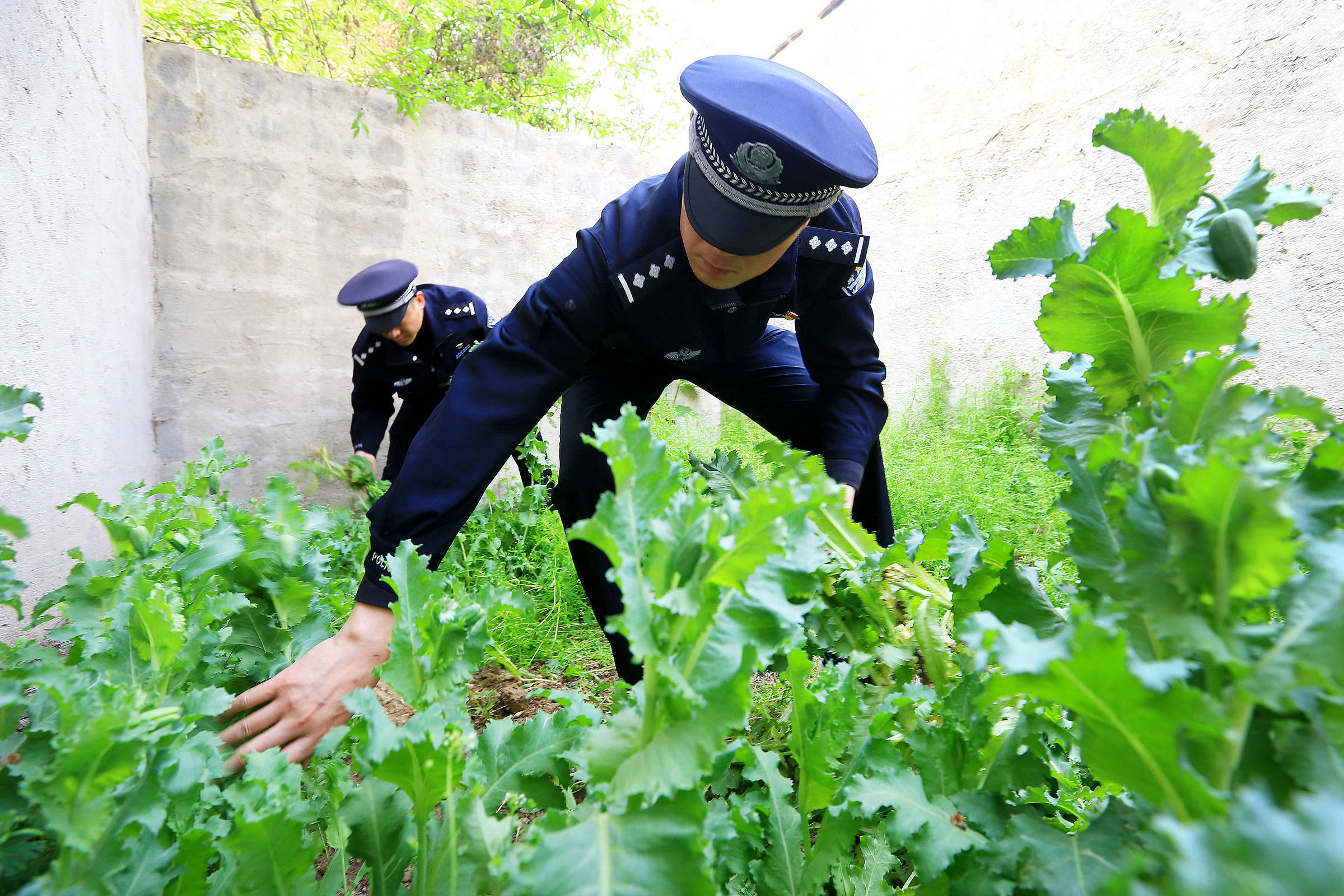
Police officers take seized drugs to be destroyed in Yantai, Shandong province - Jun.3.20/Feature China/Barcroft Media/Getty Images
The 2008 law marked the end of the purely repressive strategy. According to experts, the change in the global drug market has led to a review of the repressive model.
New synthetic substances, growth in online commerce, and changes in consumption habits by a young population with growing purchasing power, especially in Chinese megacities, led to the conclusion that attacking the problem only by suppressing supply was counterproductive.
“In recent years, in Hong Kong and China, drug use has increasingly become a clandestine practice, with consumption in indoor spaces, houses, and parties, which makes the work of law enforcement officers more difficult. The purchase takes place through social networks, with huge transactions made via electronic banks. The pattern of drug use has changed,” says Kwan.
The new legislation created different treatment categories for drug users and included the possibility, previously nonexistent, of voluntary hospitalization.
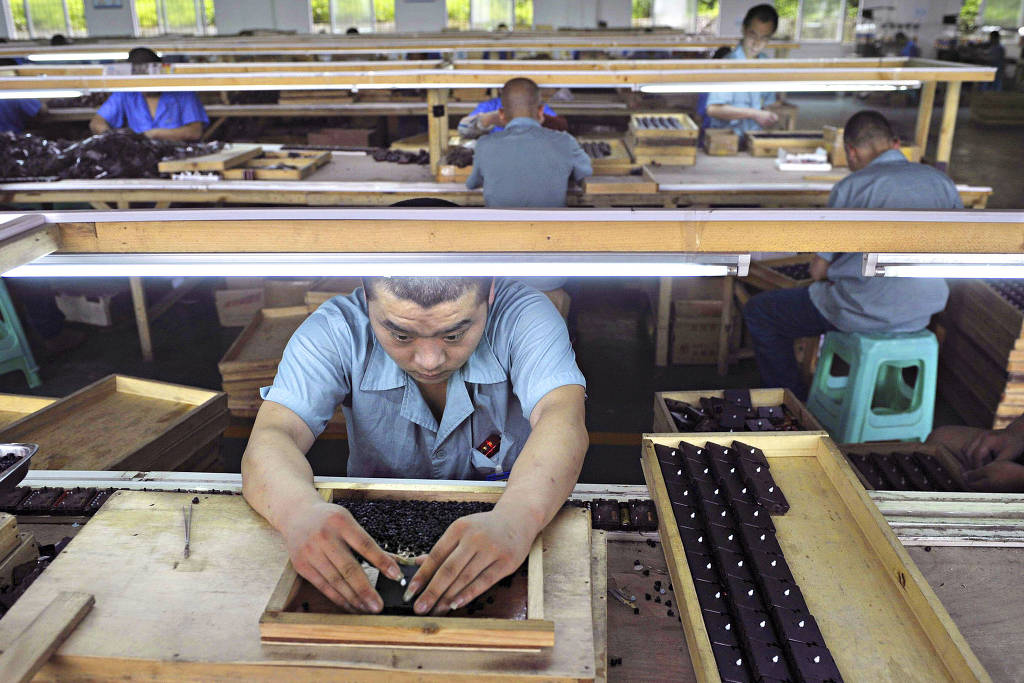
An inmate works at a watch factory in a compulsory treatment field in Chongqing - Jun.21.12/Reuters
To access treatment, the dependent, spontaneously, must admit the use to a security agency and seek a medical institution recognized by the State. In that case, they will be spared penalties. Another novelty was “community treatment,” in which there is a certain degree of coercion involved. Assuming that the problem is of collective interest, the modality provides for forced hospitalization for up to three years for those who are arrested or refuse to treat themselves spontaneously.
Theoretically, treatment in an institution is supervised by the “community,” be it a village or a neighborhood, but in practice, the dependent is under the police’s control. It oversees the rehabilitation steps and decides when to release the user or not.
More serious cases in which community treatment is seen as insufficient are referred to compulsory hospitalization camps.
According to human rights organizations, these camps have characteristics similar to those that do “rehabilitation” of prisoners with forced labor.


Drug addicts in a rehabilitation center in Liuzhou, Guangxi Province - Jun.26.19/STR/AFP
The period of hospitalization can last from 1 to 3 years. The day-to-day includes rigorous physical exercises, military routines, patriotic classes, and exercises of “self-criticism” that are similar to that imposed on intellectuals during the Cultural Revolution in the 1960s and 1970s.
The latest report, “Drug Situation in China,” released in June this year by the government, points out 300,000 people in community treatment and 220,000 in compulsory detention camps in 2019.
The same report estimates the number of drug users in China at 2.14 million, which would correspond to just 0.15% of its 1.39 billion inhabitants, a number probably underestimated.
In response to Folha, the National Commission for Narcotics Control focused on not confusing the flexibility in the approach given to users, even if restricted, with leniency in the repression of trafficking.
“The Chinese government has always maintained zero tolerance for drug-related crimes, repressing and punishing them harshly,” it says.
The figures presented are huge. In 2019, there were 83,000 occurrences related to narcotics registered by the police, with 113,000 arrests and seizure of 65.1 tons of drugs. Two hundred ninety drug production facilities in the country were destroyed, including 173 domestic laboratories.
Compulsory rehabilitation, the agency says, occurs only in a minority of cases. “Compulsory treatment is a small part of China’s policy on dealing with drugs. It is aimed at the seriously addicted, who are unable to give up drugs through community treatment and harm society,” says the state agency.
Despite criticism from organizations, China says its approach to addicts is “humanistic.” “The Chinese government believes that drug users are violators of the law, but also patients, who must be respected and treated,” says the Commission.
For traffickers, there are long prison sentences and even the death penalty, depending on the amount of drugs seized and the recurrence.
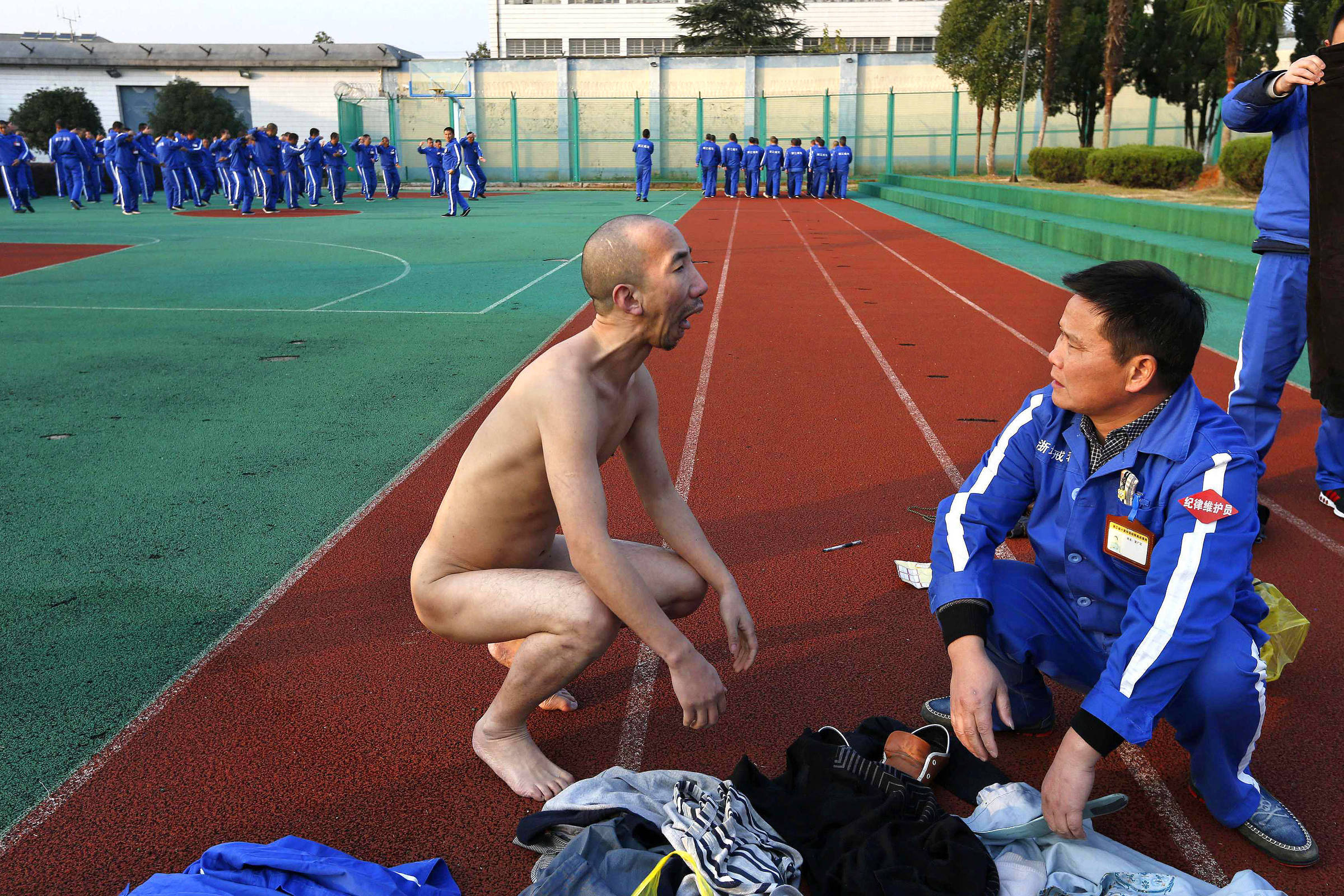
Drug user admitted to treatment center in Zhejiang province - William Hong - Dec.4.14/Reuters
In Brazil, Law 11,343 of 2006 provides for a sentence of 5 to 15 years in prison for drug trafficking. The possession for personal consumption does not result in prison, only a warning, provision of community service, and socio-educational measures.
However, Brazilian law does not define the amount of drugs for consumption, which leaves it up to the police authorities to frame the act as possession or trafficking, paving the way for corruption and arbitrary decisions.
Official figures show advances in the war on drugs, although Chinese figures’ opacity always calls for caution. According to the statistics, there was a 10.6% drop in the number of users compared to the previous year and a 13.9% drop in the number of detained dependents. “In 2019, the drug abuse situation continued to improve,” says the government’s annual report on drugs.
But the government also admits the difficulties it faces in a changing market. China says in 2019 it cataloged no less than 431 types of drugs.
Novelties include blotting papers soaked with LSD, in addition to methylphenidate pills, a stimulant present in prescription drugs, and dimethyltryptamine, a lysergic substance present in plants. There are also new forms of ketamine (which has anesthetic effects) and synthetic cannabinoids.
“Some of the drug-related activity turned to social networks. Taking advantage of online chat groups, its participants communicate using virtual identities and code words,” the report said.
There is significant production in facilities across the country’s vast interior, but most of the substances come from outside China. The gateway is Yunnan province, which borders the countries of the Golden Triangle.
Upon entering Chinese territory, the merchandise follows four routes: to the center, North, Northeast, and East of the country, until it supplies the main urban conglomerates, such as Beijing and Shanghai.
Another source of opioid supply to China is the so-called Golden Crescent, a region that brings together Afghanistan, Pakistan, and Iran.
Also, there is a similar explosion of more popular drugs in the West, although the scale is still small compared to synthetic substances closer to Chinese taste.
The seizure of cocaine from South America multiplied by 12 between 2014 and 2018, reaching 1.36 tons.
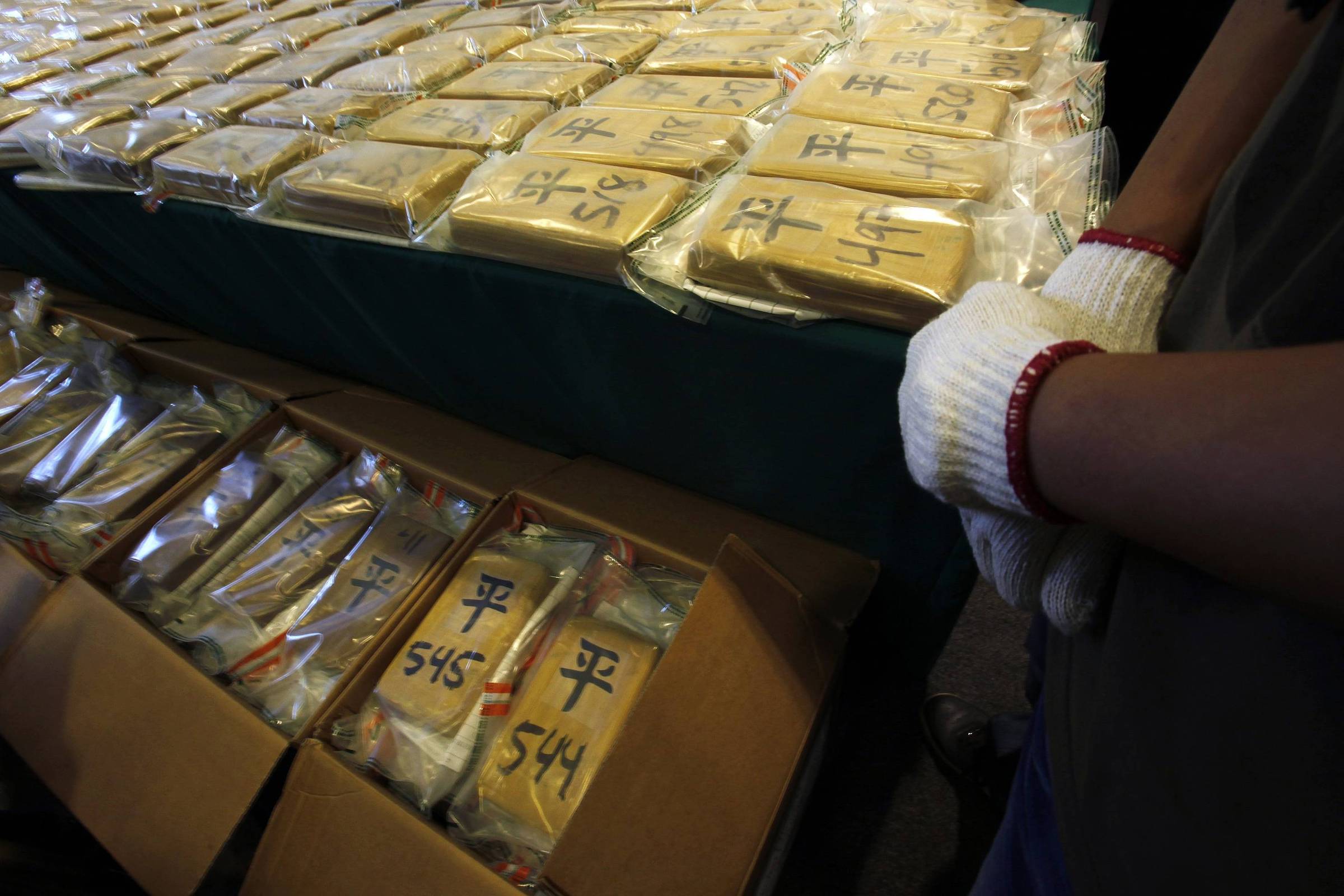
Seizure of 649 kg of cocaine in port in Hong Kong, in 2012 - Bobby Yip - Jul.6.12/Reuters
Many of the export corridors pass through Brazil, and China charges Brazilian authorities to provide more information to address the problem.
“There is still room for progress. China expects Brazil to provide intelligence on trafficking and looks forward to strengthening cooperation through the implementation of direct and efficient channels [between countries],” says the Chinese anti-drug Commission.
The seizure of marijuana, originating mainly in Europe and North America, doubled in the period, reaching 6.1 tons.
The debate on decriminalizing the use of illicit substances is absent from any Chinese government policy.
“I don’t see the prospect of something like this happening. I don’t know of any social groups that support this measure, and I think it would be tough to be politically viable in China,” says Matt McEnany, a researcher at the Tokyo-based Global Health Policy Institute.
In 2013, he was on the team at Shanghai Mental Health Center, one of the main Chinese institutes working with drug addicts’ recovery.
Although the decriminalization of consumption is recommended by several experts who study the topic, it is not realistic to imagine that this will happen anytime soon.
After all, the country took almost 200 years just to admit the possibility of voluntary treatment of dependents, without hospitalization being compulsory.
The country is not considering any steps in this direction, such as ending the obligation to register users with the police and the prohibition of drug addicts to obtain simple documents, such as a driver’s license.
Despite the new law and policies that promise more humane treatment, Chinese society still sees drug use as something close to a character flaw.
“Drug addiction is considered a personal failure, and those affected are highly stigmatized. Dependence does not receive much public sympathy or government priority,” says a report on the subject of the Brookings Institution, an American study center.
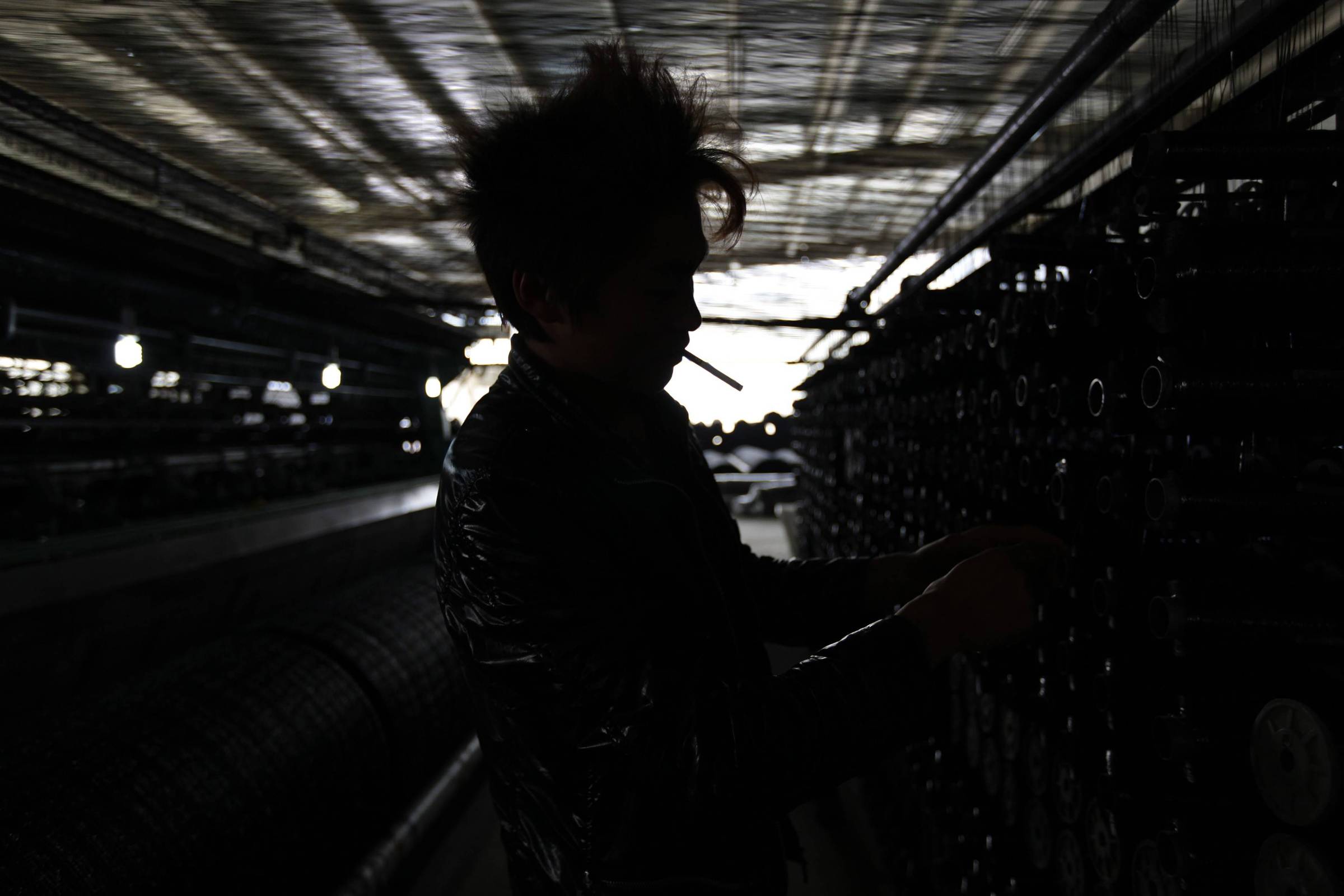
Drug user in a rehabilitation center in Kunming, in Yunnan province - Jason Lee - Nov.30.11/Reuters
